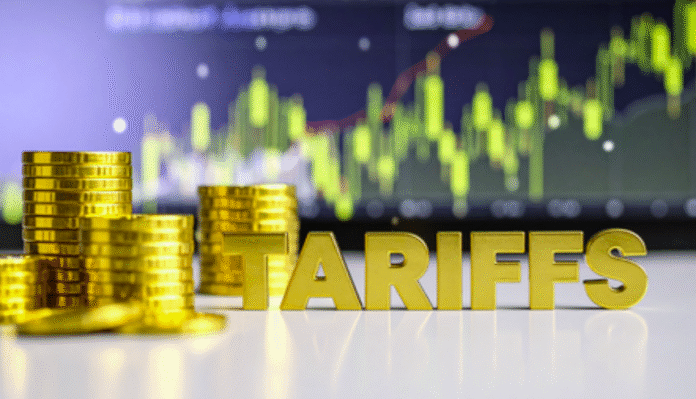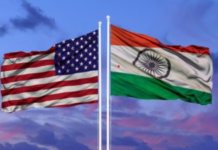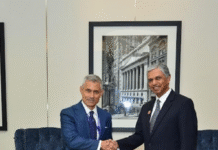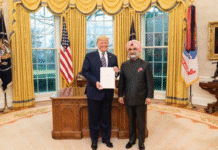NEW DELHI– India’s strong domestic demand is expected to soften the blow from Washington’s decision to double tariffs on Indian goods, analysts said Friday, though some industries are bracing for sharper pain than others.
The U.S. move, which raises tariffs from 25 percent to 50 percent starting August 27, comes in response to India’s continued imports of Russian oil. According to S&P Global Ratings, the fallout will not be uniform across sectors. Labor-intensive industries such as textiles and gems and jewelry are projected to feel only a moderate impact, while pharmaceuticals, smartphones, and steel are relatively insulated because of existing exemptions and tariffs — along with buoyant local demand.
Capital goods, chemicals, automobiles, and food and beverage exports are likely to face the toughest adjustment, the report warned. With the new tariff rate, between 50 and 60 percent of India’s exports to the U.S. could be affected, making it the steepest such duty in the region.
Even so, economists expect the broader economy to remain resilient. Fitch Ratings said India’s large internal market will shield growth, projecting GDP to expand 6.5 percent in FY26 despite the trade dispute. Morgan Stanley also noted that India’s low ratio of goods exports to GDP makes it the “best placed country in Asia” to weather global trade disruptions.
External Affairs Minister S. Jaishankar defended India’s oil trade with Moscow during a visit to Russia, rejecting U.S. claims that New Delhi’s purchases justify punitive tariffs. “We are not the largest importer of Russian crude — that is China. We are not the biggest purchasers of LNG — that is the European Union,” Jaishankar told reporters. He added that India has increased oil imports from the United States and is acting in line with both national interests and global market stability.
Despite heightened trade tensions, India’s reliance on its expanding domestic market is expected to cushion the economic impact, even as key export sectors adjust to what will soon be the highest tariff regime in the region. (Source: IANS)













